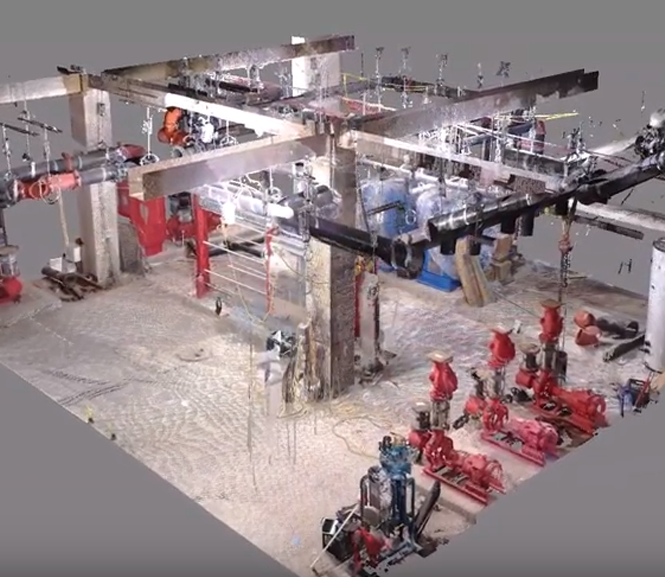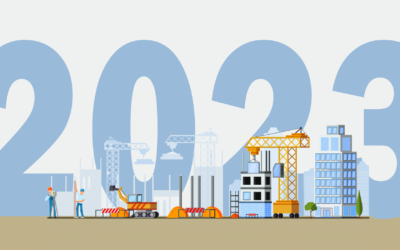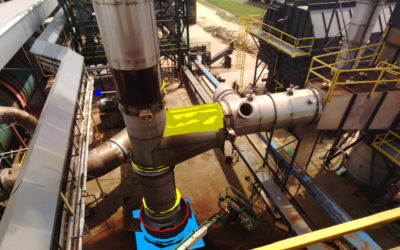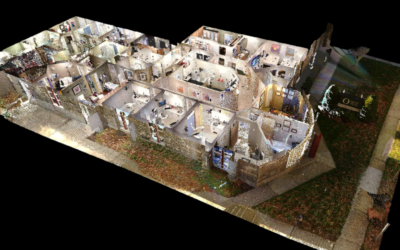How 3D Scanning Can Reduce the Cost of Site Verification
The introduction of 3D scanning technology has made it unnecessary to waste skilled tradesmen hours on verifying as-built documentation. Using a 3D scanner one technician can capture the measurements of an entire construction site in a matter of hours. To demonstrate, here is an example of a project done in New York City in 2018.
A New York 3D Scanning Case Study

Cost-Savings Scenario: NYC Building Renovation 7,500 Total Sq. Ft. (3) Floors
In 2018, New York’s prevailing hourly wage was $60.61. The above job in Manhattan required three floors of a skyscraper (equaling 7,500 square feet) to be scanned. After assessing the area, it was estimated that measuring the area would take two skilled tradesmen 24 hours to complete (three, eight-hour shifts) adding up to almost $3,000 to just verify the as-built documents. With one 3D scanning technician, DJM verified the site in a matter of four hours, charging only $750, and saving the client thousands before the project even began.
Additional Uses For 3D Scanning
Past verifying the site, the 3D scan also provided the construction teams located outside of New York with a virtual tour they used to walk around the area, assess the site plans, and take additional site measurements over the internet. This cut down travel costs and prevented the waste of skilled trade hours on menial tasks. The ability to measure ceilings, walls, elevations, beams, and more from within the scan files gave the tradesmen a way to work and coordinate plans remotely. This streamlined the construction process and mitigated disruptions before the project even entered the build phase.
The scan also provided a unique advantage to the building information modeling (BIM) technicians. Using a Scan-to-BIM workflow the project’s BIM technicians layered the 3D models of ductwork, plumbing, and new equipment into the virtual model. Using this real-world perspective, the technicians detected costly trade clashes and fix the issues before there was ever a conflict. This eliminated unnecessary additional costs in trade hours and materials.
Scanning also added value to their construction lifecycle by giving the project managers a way to inspect the construction’s progress remotely. By having the 3D scanning technician update the virtual tour throughout the process, the managers were able to assess how new work was coming together and could troubleshoot in 3D, regardless of their location.
As this example shows, 3D scanning adds value to each stage of the construction lifecycle and boosts the bottom line in more ways than just site verification.
Want to learn more about how laser scanning can help you reduce costs and avoid rework? Download our e-book, The Beginner’s Guide to 3D Scanning.



